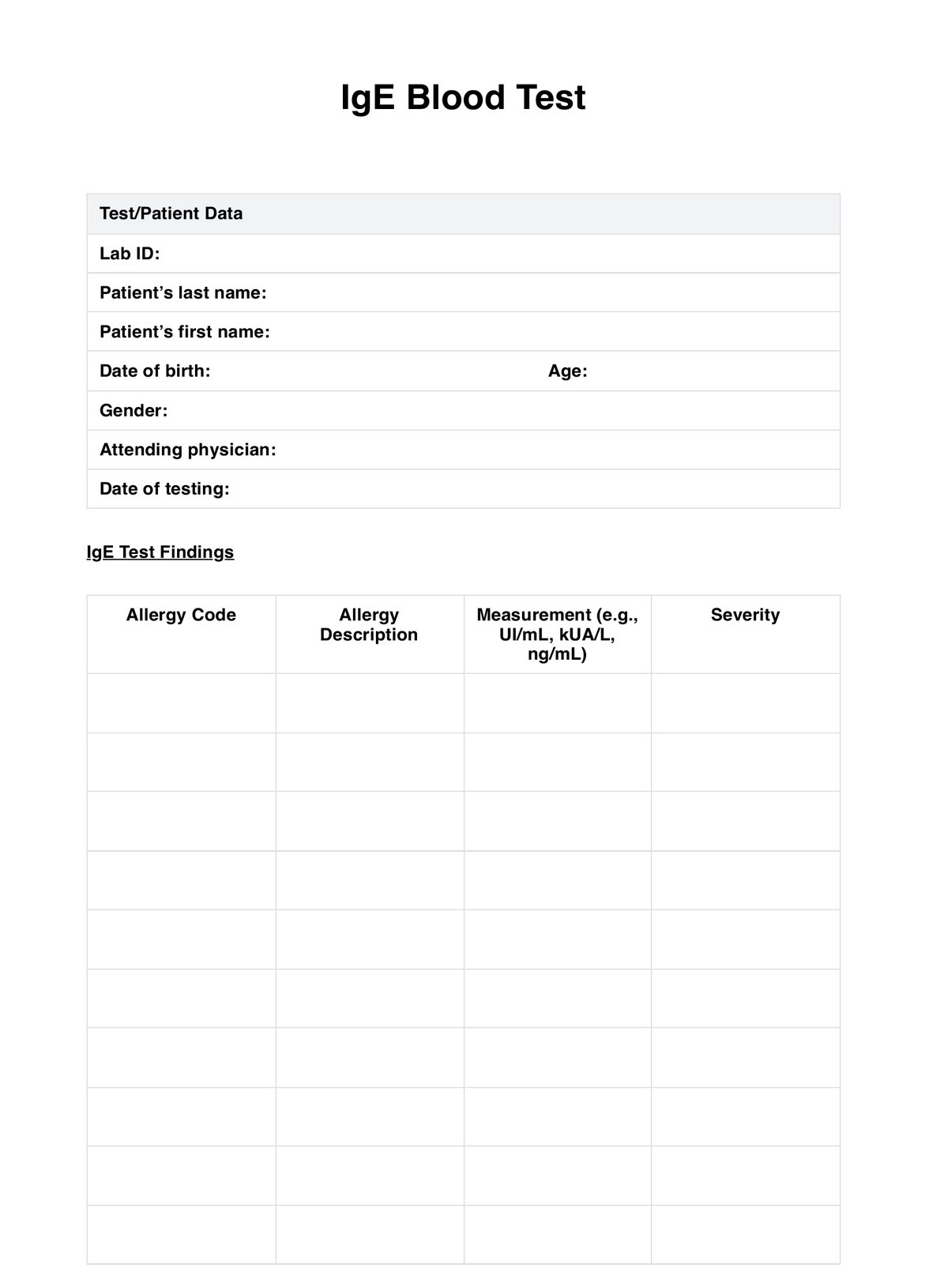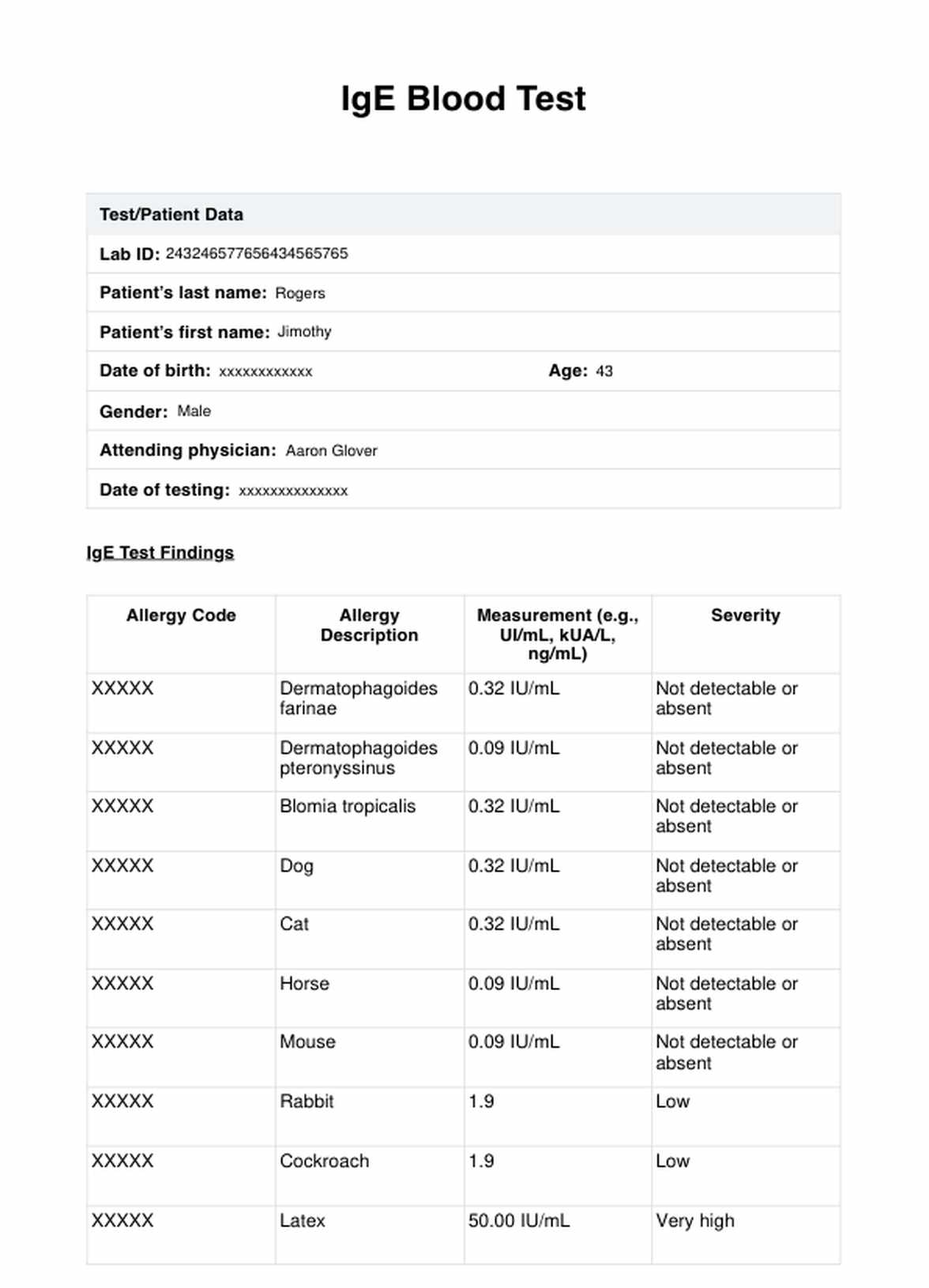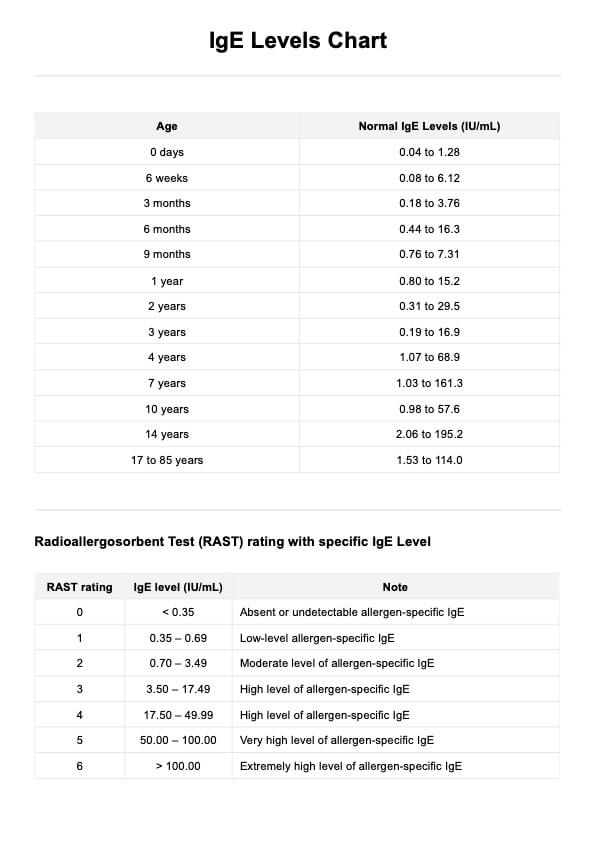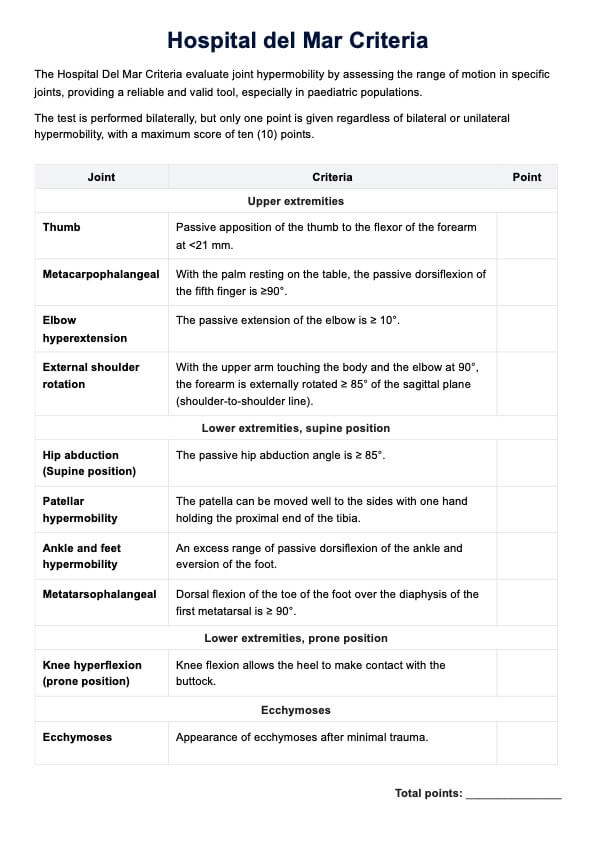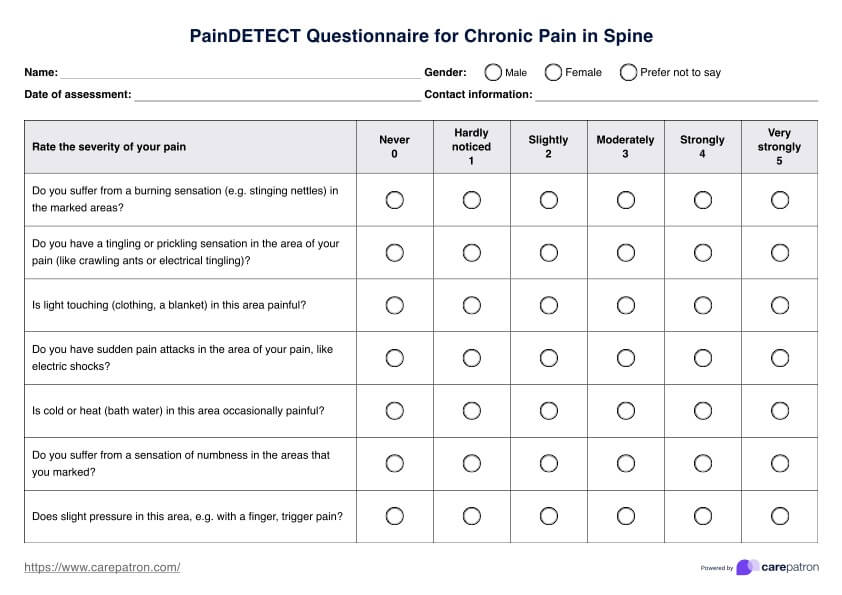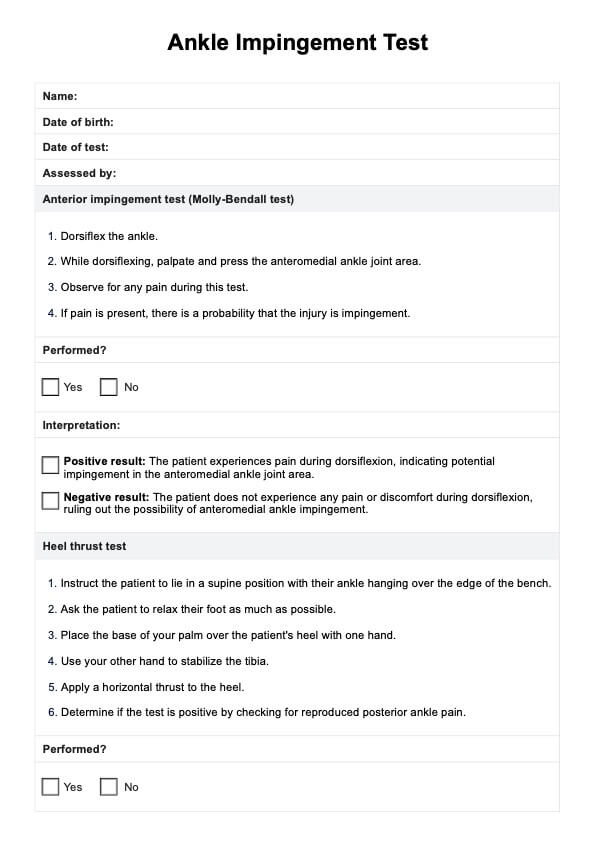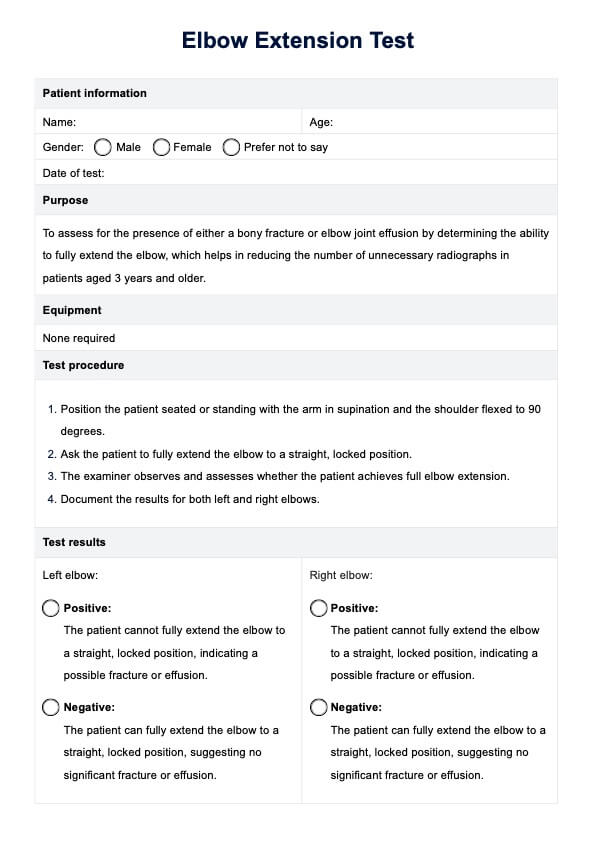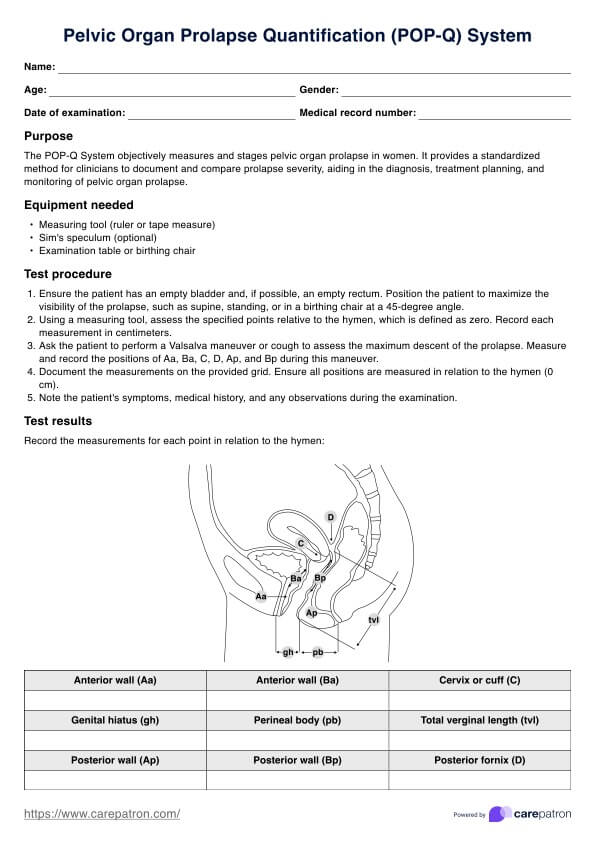IgE Test Template
Learn about IgE Tests through this guide and download our sample template for IgE Test results!


What does an IgE test indicate?
An IgE Test is an allergy test. This type of test can be a skin or a blood test. Either kind has the same end goal: to detect and indicate the amount of antibodies known as Immunoglobulin E in the body produced by the immune system when allergens are present. IgE antibodies fight off an allergen even if the allergen is too weak to cause problems.
An IgE Skin Test involves making tiny pinpricks on the skin and the application of allergens to see if the skin will have an allergic reaction. Once the allergens have been applied to the pinpricked area, a reaction should occur in seconds. IgE Skin Tests are not a viable choice if your patient already has skin conditions like hives or rashes or if they’ve taken antihistamines just a short while before undergoing the test. It’s considered to be the most accurate test when determining what certain types of allergies a patient has since their body will immediately react to the application of allergens on pinpricked areas of the skin.
The other type of IgE test is the IgE Blood Test, which will be the focus of the rest of this guide. As with any other blood test, this involves a phlebotomist taking a blood sample from a patient. They will apply antiseptic from the blood drawing site along the arm before inserting a needle to draw the sample. Depending on the person being tested, they might feel pain when the needle is inserted and discomfort after removing it.
The phlebotomist will put a small bandage on the drawing site after removing the needle, then they will send the sample to a lab for analysis. The results should be produced in a few days and indicate the specific allergens detected and how elevated the levels are. Whether the levels are determined to be high or not will depend on the laboratory/healthcare provider that produced the results because standard values can vary from provider to provider.
IgE Test Template
IgE Test Template Example
What are the possible effects of high IgE levels?
The higher the IgE levels, the higher the chance of allergic reactions. The types of allergic reactions and their severity will also depend on how allergic a person is to specific allergens.
Here are examples of allergic reactions:
- Itchy skin
- Dry skin
- Skin rashes
- Hives
- Swelling
- Conjunctivitis
- Rhinitis
- Eczema
- Sore throat
- Tightness in the chest
- Abdominal pain
- Wheezing
- Coughing
- Shortness of breath
- Headaches
- Nausea
- Vomiting
An example scenario would be touching the fur of a pet. The person who felt the pet’s fur had an allergic reaction that resulted in itchiness on the skin of their hands, sneezing, runny nose, and itchy eyes. If a person has asthma, their allergy symptoms will likely be asthma symptoms.
The worst-case allergic reaction is anaphylaxis, a potentially life-threatening allergic reaction characterized by the person going into shock. In this state, the person’s blood pressure drops to extremely low levels. They will also have a difficult time breathing because their airways will narrow. This requires an epinephrine auto-injector to help combat it.
Another potentially life-threatening allergic reaction is Alpha-Gal Allergy, sometimes referred to as Red Meat Allergy or Tick Bite Allergy. Alpha-Gal is a type of carbohydrate found in pork, beef, venison, etc. It can also be found in cow’s milk and related products. It can even be caused by tick bites, especially from a lone star tick.
What are normal and abnormal IgE levels?
Earlier, we mentioned that what counts as an elevated IgE level will depend on the laboratory analyzing the blood sample.
Generally, the upper limit of normal IgE levels will depend on the patient's age being tested. Here are the typical normal ranges:
- Infants less than a year old: 0 - 15 IU/mL
- Aged 1 to 5 years: 0 - 60 IU/mL
- Aged 6 to 9 years: 0 - 90 IU/mL
- Aged 10 to 15 years: 0 - 200 IU/mL
- Adults: 0 - 100 IU/mL
Any amount that goes beyond the upper limit set by a specific laboratory will be considered abnormal.
Besides looking at any elevated levels of IgE, healthcare professionals need to know the specific types of allergens the patient is aware of and how severe their reactions are to them. These can help professionals determine the best treatment possible for each patient and even create contingency plans for emergency care if a patient has a severe reaction to a particular allergen (like having epinephrine auto-injectors at all times).
When should you administer an IgE Blood Test?
If you have a patient who presents themselves with any of the symptoms we listed above, especially if they’re confirmed to have allergic rhinitis or dermatitis, then it would be best to discuss an IgE Blood Test and have them undergo one with their consent. This is also needed if the person being tested was rushed to the hospital because of anaphylaxis.
It would be best to discuss this first and schedule accordingly because you might need to have them fast or ensure they haven’t taken antihistamines. If you need them to fast or stop taking antihistamines, it would be best to schedule the blood test rather than having them undergo one immediately.
How do you manage and treat allergies?
The management and treatment of allergies will depend on what a person’s allergies are.
Let’s stipulate that a patient has food allergies. To be specific, let’s go with meat allergies. One of the best ways to manage these allergies is to avoid consuming meat products, specifically ones that are confirmed to cause allergic reactions. If the patient has a beef allergy, they should remove beef from their diet plans.
If the patient can’t help themselves because they love eating beef, then as their healthcare professional, you must create a contingency plan, like telling them to take antihistamines or corticosteroids before consuming beef. You can even indicate in their management plan to have an epinephrine auto-injector at all times just in case they suffer an anaphylactic shock.
Patients with allergies can also undergo immunotherapy, specifically by taking allergy shots or by taking Sublingual Immunotherapy (SLIT) allergy tablets as prescribed.
For environmental allergies, people can avoid specific places where their allergies can be triggered, and they can take precautions by wearing masks, gloves, pants, long socks, and long sleeves to protect themselves from exposure.
Commonly asked questions
Like any blood test, this particular blood test is generally safe. The professional conducting it will wipe antiseptic on the blood drawing site to prevent infections.
Even with this, it’s possible for the patient to feel pain when the needle is inserted, and they may feel discomfort for a short while after the needle’s been removed. Bruising might emerge, too.
No. Additional testing is needed to confirm specific allergies. It can detect various allergens but can’t ensure if the patient is truly allergic to them since its purpose is to detect the amount of Immunoglobulin E in the blood. A skin test can help diagnose allergies.
Yes. Age is a factor; people can develop immunities for specific allergens and become more susceptible to others over time.


